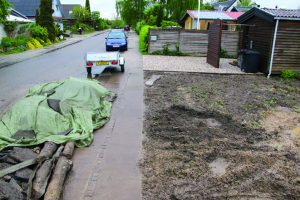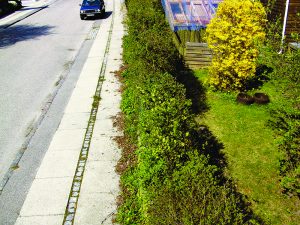
Cover of exhibition catalog ‘By Invitation Only‘ curated by Lucia Sanroman. Catalog designed by THE WINTER OFFICE. Published by InstantHERLEV Institute, 2016.
Postscript for the Post-Contemporary Artist-run Space
By Hugo Hopping
June 2016
From the 'By Invitation Only' 10 year anniversary catalog
Published by InstantHERLEV Institute, 2016






















